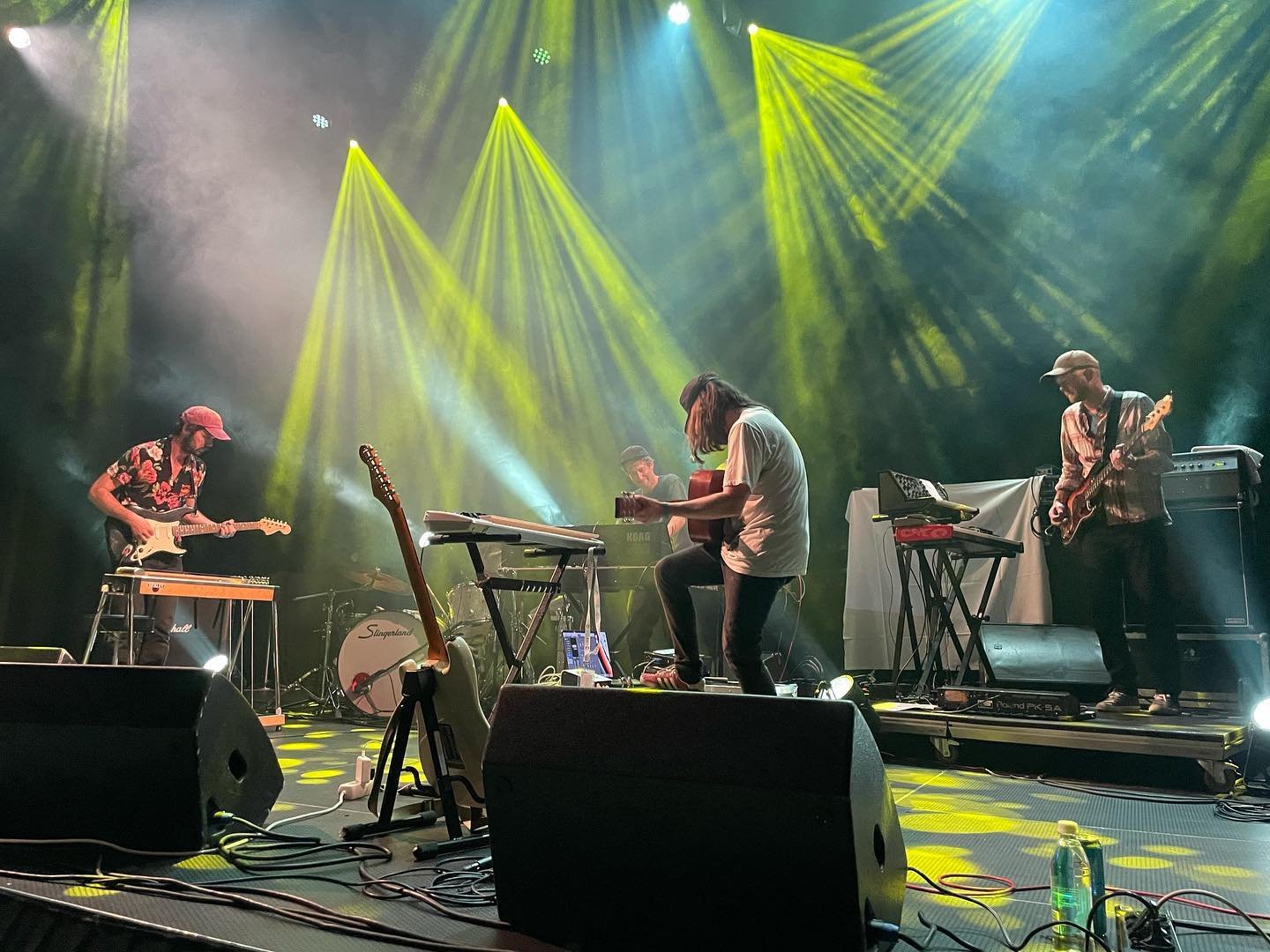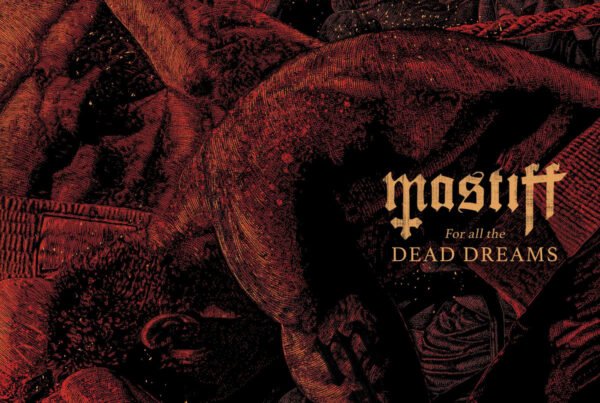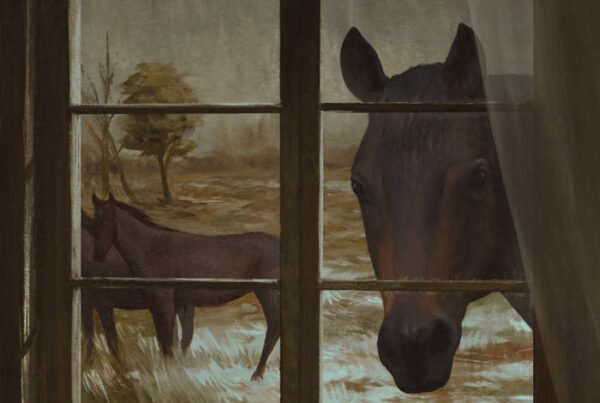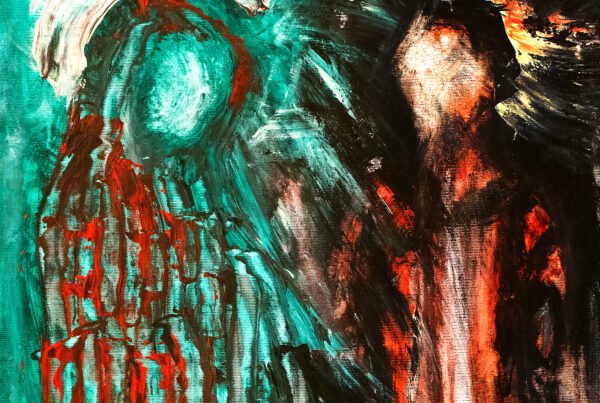Rural Tapes is the name given to Norwegian composer and multi-instrumentalist Arne Kjelsrud Mathisen’s ambient jazz-infused solo project, which draws inspiration from ’70s Krautrock, neo-classical, and film music. Melding these styles together, Mathisen produces something quite rare and outlandish: an album where the artist attempts to challenge the conventional mould of producing inspiring and meditative textures just for the sake of atmosphere. Rather, he adds additional layers of complexity through intriguing, jazz-infused leads, supplementary rhythmic progressions, and minimalistic leads through a stream of instrumentals such as saxophone, clarinet, synthesizers, and organs, to name a few. Releasing a self-titled debut album a year prior, Mathisen made the decision to retreat to more rural surroundings in an attempt to avoid distraction from the hustle of city life and find a sense of maturity amongst his musical creativity. Continuing on from this impressive debut, Rural Tapes finds itself delving onto the cosmic maelstrom of complex wonder with Inner Space Music.
A heap of turbulent soundscapes starts things off here; you are strapped to a rocket ship and lifted up into the cosmic waves that encompass very mystical sonic surroundings. “Inner Space” is a welcoming track that quickly pulls you into this bizarre and spiritual trance-like state. The orchestral elements of trombones and tuba are implemented from depth over the tribal percussive sections and dreary soundscapes, enhanced perhaps by a mellotron and gamelan, all whilst the kazoo-sounding leads dominate your eardrums. “Candystore” stays more on the electronic end of things, creating a warm and sensational sonic experience through the punchy synth leads flowing along with the bright ambient textures performed with delicacy. The third track, “Bossa Nova for the Contrails of my Tears”, takes us to a more contemplative realisation when listening, especially within the spoken work passages that explore existential tendencies, articulating the bigger picture with the listener. This track is further coloured by rich classical elements and Latin jazz music that reassures us into a calming state of ecstasy.
“Waltz for the Living Dead” is a wild tune that draws its inspiration from classical Latin ballroom dance music, which collides with a slow rhythmic motion that envisions a nostalgic sense warmth and comfort. As this sonic adventure continues, another short interval takes us further into the cosmos with “Five-a-side” and its brighter timbres and uplifting energy. It appears as though the album is beginning to shift into gentile and wonderous territory. “Listen” does exactly what it asks of the listener: calmly embrace the lucid soundscapes as they come and go like clouds passing by. Similarly, “Sea Urchins” approaches you with some sensitivity and grace, holding you in a place of comfort and familiarity.
The latter part of this record begins to experiment with these atmospheres trying to break through the sonic limits and enter more explorative territory. “Arkestra piece for hard-working ants” is a minimalistic and climactic track that adds flavour through the range of instrumentation on display, from orchestral parts that keep you wondering to the repetitive percussion and synth sections that possess some stimulating harmonic progression. As the song proceeds, there is this release of energy (at about 4:41) where one can get a sense that this album has reached its climax and we are now in the peak of inner space, experiencing things from a new perspective. As we are on the come-down, a bass clarinet piece carries us down into more familiar surroundings, providing time for the listener to catch a breath awaiting the mysterious finale. “Leaving Inner Space” finally brings us back down to earth, allowing us to contemplate our sonic journey and the experiences that such a musical expedition has subjected us to. Layers of soundscapes slowly filter out, and you feel left somewhat more enlightened than when you first listened to this album.
It seems rather cut and dry nowadays for many ambient and psychedelic albums to create some sort of musical narrative or climactic journey that spreads through each of the tracks and actually sounds authentic. What actually makes Inner Space Music so different from other such atmospheric records is that it plays around with ideas outside of its conventional surroundings. This is an album that borrows from a range of genres, implementing certain tropes with vigour and complexity in order to construct a deeper sonic narrative that steers clear of typical cliches and tired climaxes.






